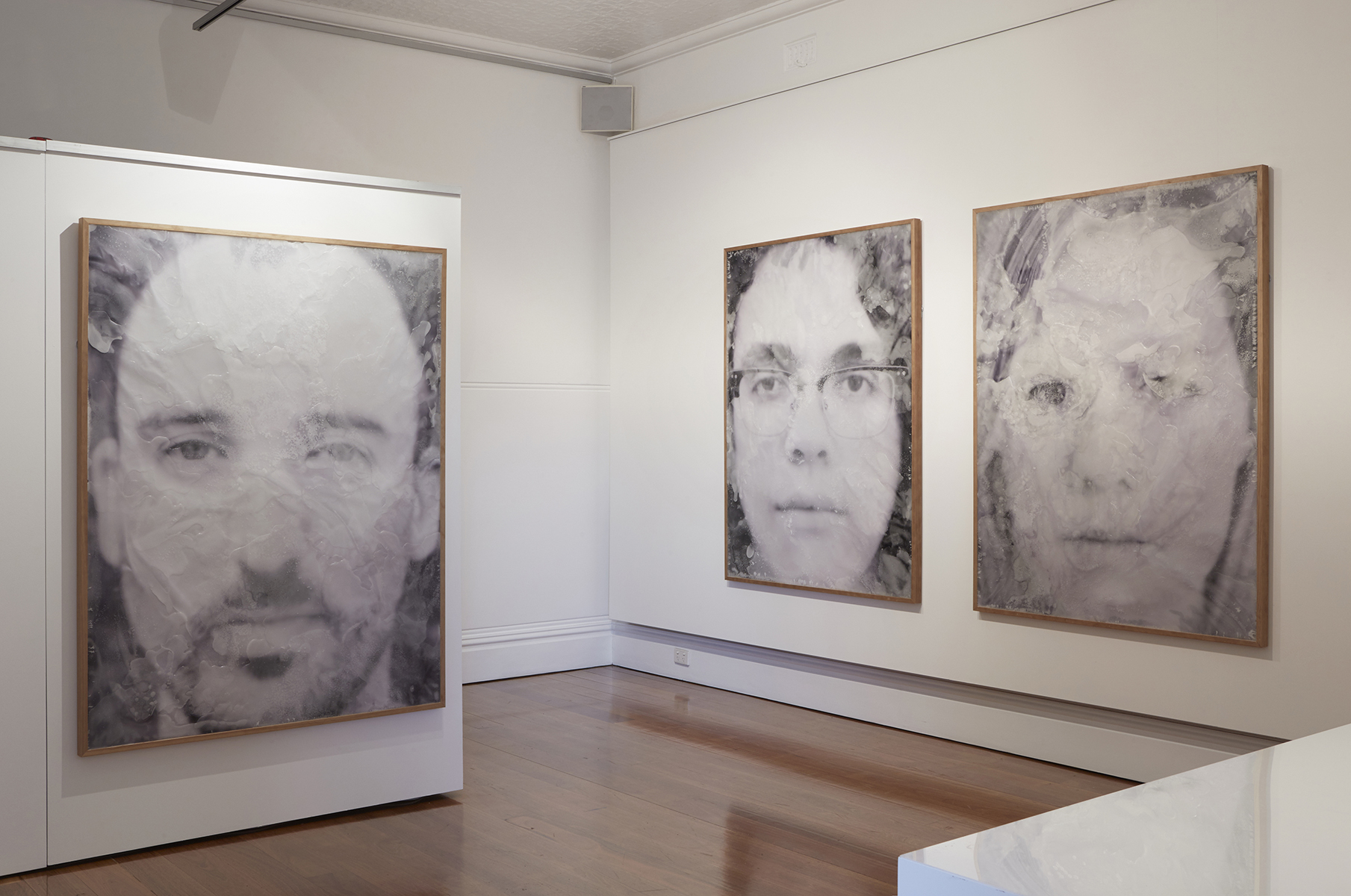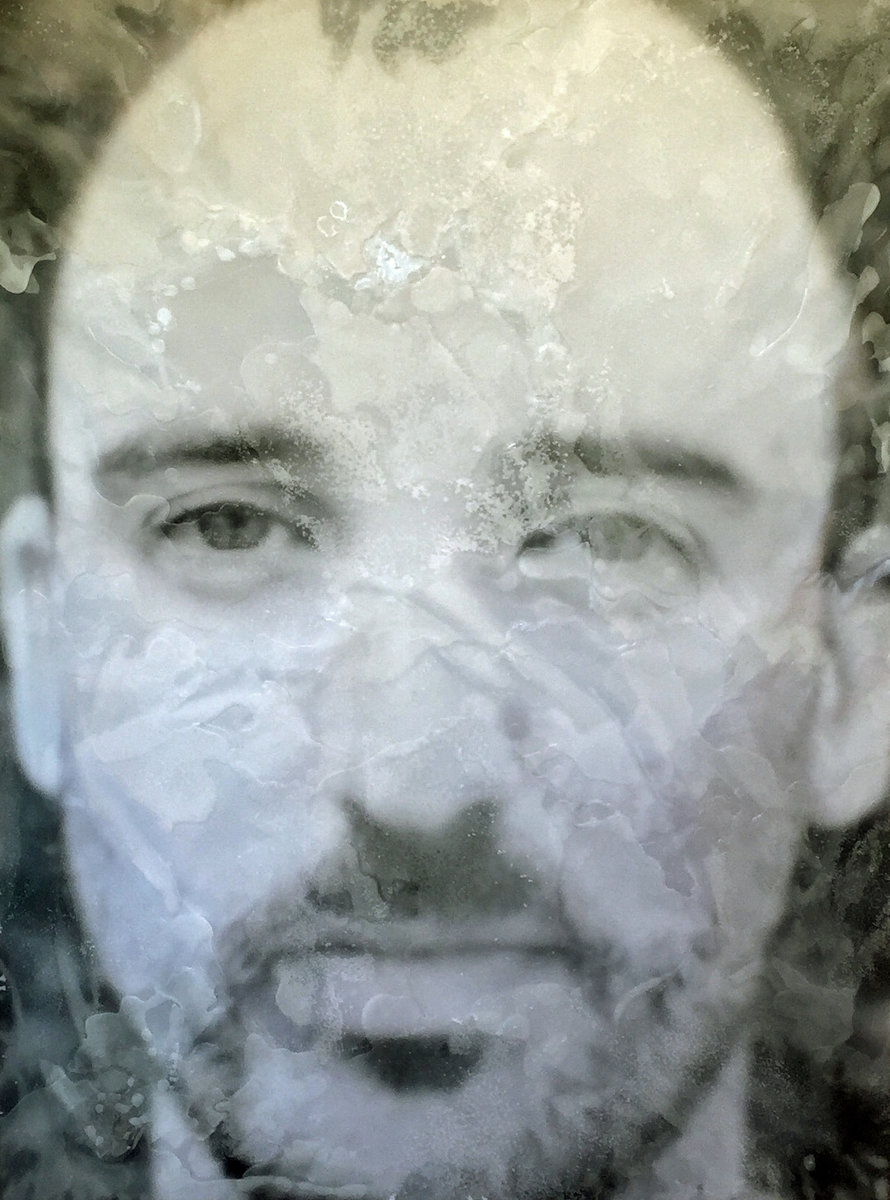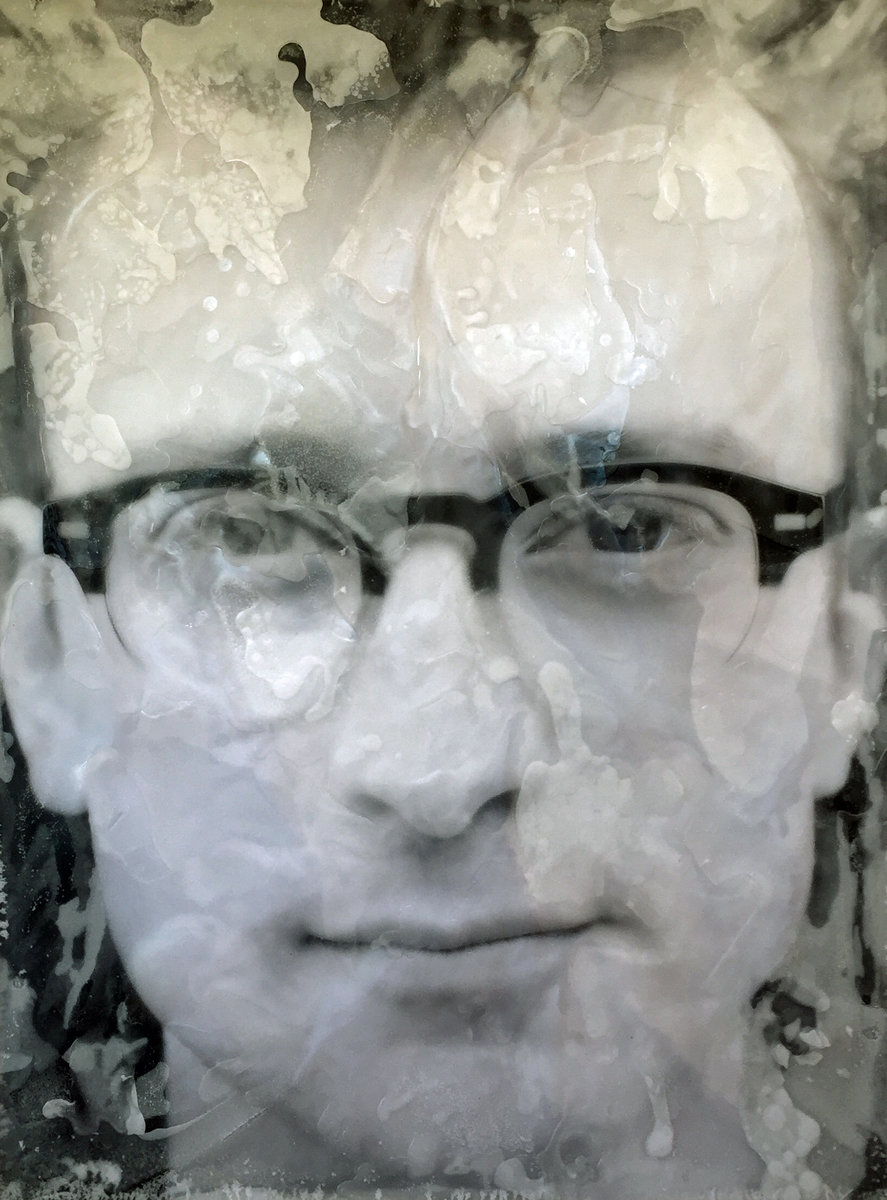Exhibition
James Little’s practice concerns the changing dynamics of online and offline environments for artists, galleries and the viewer. It is an umbrella exploration of the ‘meta-artist’, oscillating between digital and traditional formats, examining the weakening contrast between ‘IRL’ and ‘going online’ and how this impacts the gallery and artist structures.
James Little: Big in Japan
by Peter H. Johnson
Perhaps you’ve seen the billboards promoting this Artereal exhibition on buildings and bridges in Sydney and Tokyo. Or maybe you were lucky enough to witness the F/A-18 Hornet fighter jet flyover commissioned to promote the opening. Emerging Melbourne-based artist James Little’s career to date has been nothing short of meteoric. Over the last year, Little has gone from showing in artist-run and commercial spaces to major art fairs and institutions. Versions of the works presented in this exhibition have been shown in Melbourne at Brunswick Street Gallery, Red Gallery and Paradise Hills, and in Sydney at Spring 1883 and Sydney Contemporary. His portrait, SS15(ELLY) (2015), was controversially included in the National Gallery of Victoria’s Masterpiece’s from the Hermitage exhibition in December last year.
Little’s trajectory has seemingly ignored, or perhaps smashed through, the barriers that many artists face in moving up the art world ladder. If this appears implausible, one need only look to Little’s Instagram account (@__jameslittle), where the artist has documented his extraordinary rise to stardom with a mixture of bravado and understated achievement. At every stage, Little’s 480 followers (a number sure to grow swiftly) have been quick to share their heartfelt support. Of the inclusion of two monumental-scale portraits at Sydney Contemporary, @marydaisydisney wrote, “Amazing @__jameslittle well done!”; and, in response to an image of a massive promotional billboard being installed, @dsegrove said, “That’s so awesome, congrats man!”.
There is, however, a different reality – one sometimes referred to as IRL (in real life) – where James Little has enjoyed more modest success. Those in physical attendance at Sydney Contemporary and the National Gallery of Victoria, for instance, would have been hard pressed to find Little’s portraits for the simple reason that they were not there
The truth is that the images Little posted to Instagram were digitally manipulated, replacing existing works with the artist’s own. However, the audience is not simply being hoodwinked or even laughed at. These social media images are an artwork in their own right, complementary to the physical objects to be found in the gallery.
This body of works operates in a similar fashion to artist Amalia Ulman’s much-lauded Instagram performance Excellences & Perfections (2014). Over five months, Ulman posted dozens of images to her Instagram account, evoking a consumerist fantasy in which she documented a semi-fictionalised makeover (including breast augmentation), revelled in the purchase of expensive underwear, flowers and brunches, and promoted a high-end lifestyle aesthetic. Both Ulman’s and Little’s works are concerned with the appearance and performance of success online, and how the socially-distributed digital image intersects with notions of authenticity. Whereas Ulman was interested in the malleability of (women’s) digital bodies, Little instead considers how professional and creative success is represented, and can be crafted, online.
Tied up with this line of inquiry is the question of who decides what constitutes success, and to what extent ‘looking’ successful is as important as any ‘real’ achievement. People have always attempted to pass themselves off as more accomplished than they really are, however social media, and in particular the reproduction and dissemination of images online, has altered how we see ourselves in relation to others.
During her performance, Ulman attracted hundreds of followers who engaged genuinely and supportively with the persona she had crafted. When, at the conclusion of the work, its artifice was revealed, many reacted bitterly, feeling duped or betrayed. In an interview with Rob Horning, Ulman reflected on the reaction: “… everyone knows, at their core, that all reality online is fabricated. Maybe that’s where the bitterness came from … because that exposure not only involved me, but everyone who followed and saw themselves reflected in it.”[1]
It is too simple to say that people buy into such online performances because they believe that photography is a faithful reproduction of reality. Very few are that naive in an era of post-production. Instead, we want to believe because each and every one of us is invested in a system of reciprocal authentication. If I believe that James Little exhibited at the National Gallery of Victoria, then maybe everyone else will believe that my beachside photo is an accurate reflection of my enviable lifestyle.
The physical artworks created by Little enhance and complicate this line of thinking. Four large-scale portraits of the artist’s friends are presented in black and white, covered in a thick and uneven layer of wax. While Little’s previous practice mostly comprised photorealistic drawing, for this series he has taken photographic images and, using digital post-production, altered them to appear hand-drawn. When presented on Instagram, this relationship between medium and representation creates a feedback loop: photography masquerading as drawing, pretending to be a photograph.
The subjects of his works, tightly framed and presented face towards viewer, recall the most democratic and ubiquitous form of contemporary portraiture – the selfie. This is reinforced by the visceral layer of wax, which softens and distorts the image underneath like an Instagram filter, both a falsely nostalgic gesture, emulating antiquated camera technology, and acting as a modern Vaseline lens.
Little’s suite of works sit within a peculiarly contemporary nexus of conflict between authenticity, reproduction, selfhood and representation. The combination of his straight-faced presentation and the genuine interaction of his followers elevates the works such that they deftly interrogate the now-ubiquitous digitally mediated relations of power. Little’s work lays bare how each and every one us is increasingly implicated in a complex economy of images, which not only reflects reality but takes an active role in shaping how we see ourselves and those around us.
Peter H. Johnson
www.peterhjohnson.com
Peter H. Johnson is an early career curator based in Sydney, Australia. His curatorial research focuses on aesthetic and conceptual strategies of resistance, with a particular interest in online and socially engaged art practices. Most recently, Peter co-curated The Fraud Complex with Denise Thwaites, presented as part of Next Wave Festival 2016 at West Space, Melbourne.
He currently works as Assistant Curator at the Museum of Contemporary Art Australia, supporting the activities of C3West, a program of socially engaged projects across Western Sydney. Peter holds a Bachelor of Arts (Advanced) from the University of Sydney and a Master of Arts Administration from University of New South Wales Art & Design.











